
Meet the herd – the eight wild bison on a wilding journey in Canterbury
Since bison were released into West Blean and Thornden Woods on the outskirts of Canterbury, they have not only transformed the landscape but significantly grown in number.
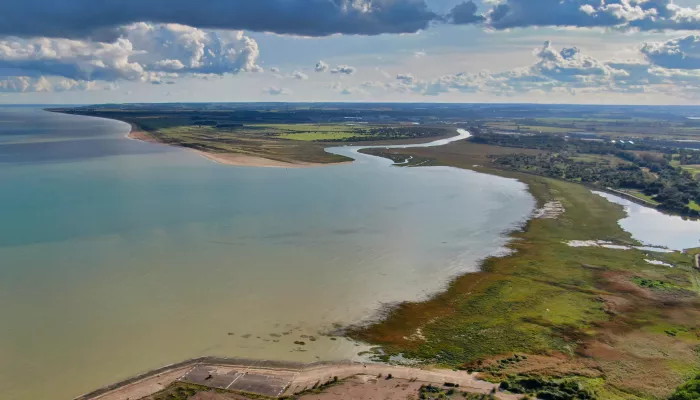
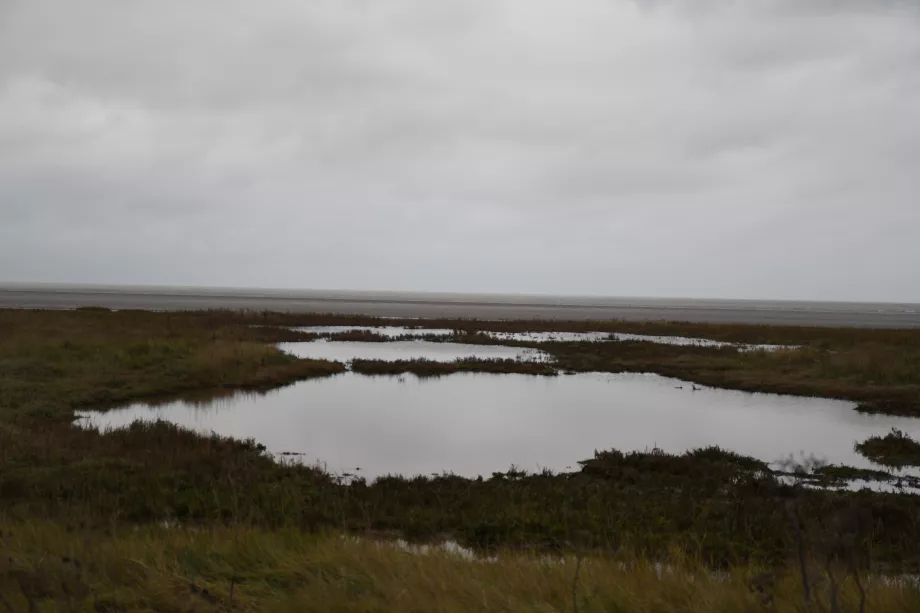
The characteristics of a salt marsh are truly unique. Because of their changing nature, they’re occupied (or visited by) many specialist species adapted to them.
For lots of fish and shellfish species, salt marshes provide nurseries in which to breed and feed. Wetland invertebrates, too, thrive in the peat and are a great source of food for larger mammals like otters. As for birds, you’ll often find salt marshes positively teeming with wildfowl and waders that feed on insects, larvae, and small fish.
To many, the resident and migratory birds that rely on salt marshes are among some of the most exciting species to be found there. In England, birds of prey like the short-eared owl, peregrine falcon, and marsh harrier can be seen using these habitats as hunting grounds, while nightingales, cuckoos, and ringed plovers visit to breed and nest.
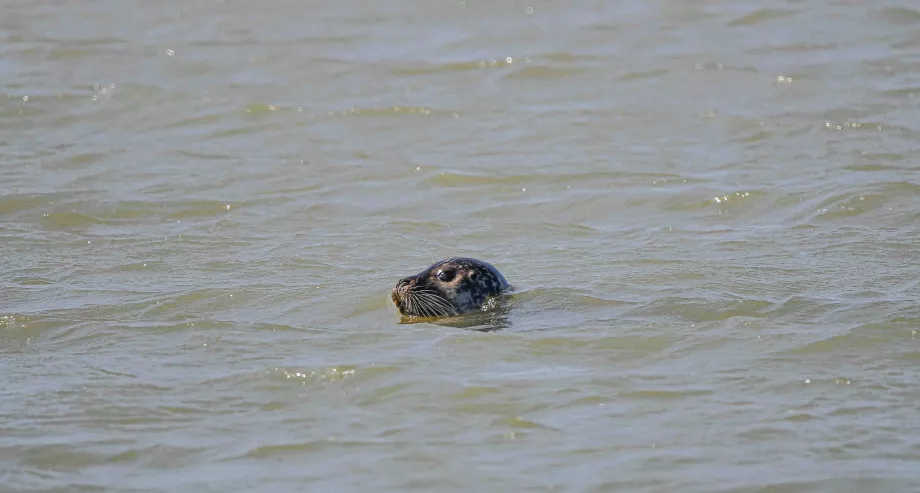
Wherever there are low-energy intertidal zones, there are salt marshes – wherever they haven’t been drained and built over, that is!
From the Punta Azufre Salt Marsh in Baja California and the Alaskan salt marshes further afield to the Stiffkey and Mawddach marshes closer to home in the UK, there are salt marshes across the world.
Some examples in the Southeast of England, specifically, include:
Salt marshes form where mud and silt built up in sheltered areas of coastline. This build-up of fine sediment becomes what’s known as a mudflat and, over time, it grows in size and elevation. As a result, flooding of the area becomes less intense – and plants begin to colonise it.
Flooding continues to bring nutrients and sediment to the salt marsh and more plants move in, in a process known as ‘vegetation succession’. As plants decompose, they contribute to the peat base of the marsh which often extends several feet deep and absorbs salt from the tides. As a result, the peat is hypoxic (low in oxygen), and the growth of certain bacteria produces the sulphuric ‘rotten egg’ smell typical of salt marshes.
Beyond being beautiful, often mysterious, and stark landscapes, salt marshes are globally significant habitats for many reasons. Here are just a few:
They support biodiverse wildlife populations, including migratory birds and specialist plants.
They are natural carbon capture zones, storing carbon both in the plants and sediment. A hectare of salt marsh can capture two tonnes of carbon every year and store it for millennia if undisturbed.
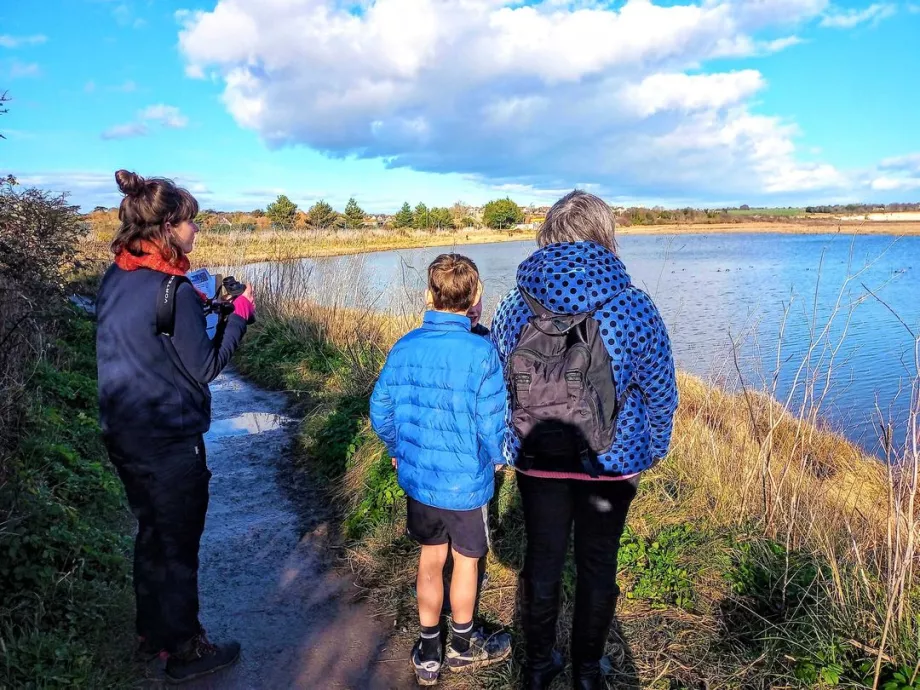
Throughout human history, salt marshes have been threatened. As far back as Roman times, marshes are recorded as having been ‘reclaimed’ from the ocean for use as agricultural land. In modern day, urban development is narrowing the gap between land and sea, pushing out salt marsh habitats. Further still, increasingly harsh storms and rising seas due to climate change are eroding salt marshes the world over.
It’s no wonder, then, that we have lost an estimated 25-50% of the world’s historic salt marshes.
But as more work is done to study their importance, more people are looking for effective conservation strategies. The good news is that salt marshes typically tend to need little management if we only let well alone.
Where damage has been done, though, or where salt marshes could be ‘working harder’ with human intervention, restoration work can do wonders. The Essex Wildlife Trust, for example, established a salt marsh restoration project in collaboration with the Environment Agency at Abbotts Hall nature reserve, Blackwater estuary and Moverons Farm, Colne estuary. They have been strategically placing large coir rolls in low-energy channels within the salt marsh to encourage the build-up of sediment. Since the start of the project in 2018, the added structures have become integral parts of the marsh, stabilising it with the roots of new growth and sediment.
Because they’re so invaluable as natural pollutant filters and carbon sinks, many researchers are calling not just for their restoration, but for their creation. The Wildfowl & Wetlands Trust, for one, is aiming to create a network of 100,000 hectares of wetland – including salt marsh – across the UK in order to help meet carbon targets. Their existing reserve, Steart Marshes, currently stores an impressive 10,000 tonnes of carbon every year. As well as that, of course, it makes space for nature, reduces flood risk, and benefits the wellbeing of local communities.
We certainly hope there’ll be even more emphasis put on just how crucial salt marshes are – and that this is just the start of a conservation movement.
To experience the beauty of salt marsh for yourself, be sure to take a trip to Sandwich & Pegwell Bay! This precious salt marsh is well worth a visit at any time of year – be it a bleak, grey day when the landscape stretches out dramatically before you, or a warm morning spent watching the sun rise over the sea as the world and its wildlife wake up.
It’s one of the largest land haul-outs in Kent for seals, so you might be lucky enough to see some common or visiting grey seals. Take your binoculars, too, so you can watch the wading birds feed on the mudflats.
It seems fitting, in a blog about salt marshes and their importance, to talk about the fact that the future of Sandwich & Pegwell Bay is at risk at the time of writing. National Grid’s Sea Link plans involve a new cable making landfall at this internationally important National Nature Reserve with Site of Special Scientific Interest (SSSI), Special Protection Area (SPA), and Ramsar designations. The converter and sub stations will be built within Minster Marshes, resulting in the loss of 13ha of valuable wildlife-rich habitat.
If our words have rung true for you, we invite you to join us in calling on them to Rethink Sea Link – read more here.

Since bison were released into West Blean and Thornden Woods on the outskirts of Canterbury, they have not only transformed the landscape but significantly grown in number.
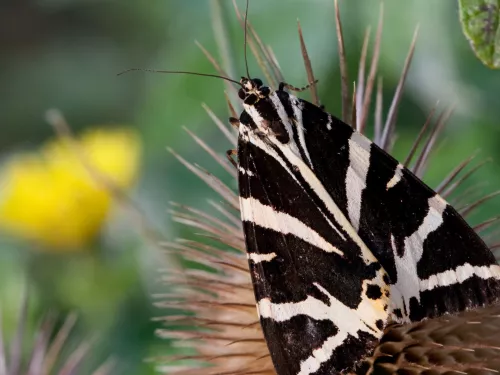
Margery Thomas, Hothfield Volunteer and regular columnist looks at the lack of butterfly sightings in recent months, the work volunteers are doing to remove bracken and how this all impact the wider management of the last remaining fragments of heathland…
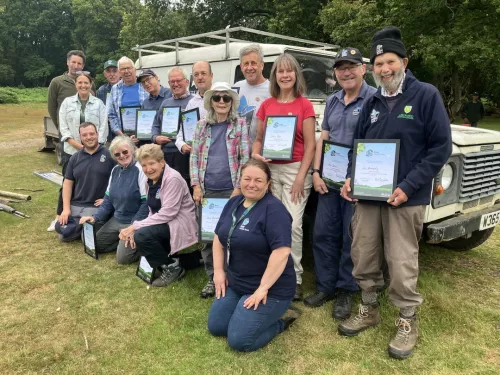
By August, floral glory has passed from the orchids (heath spotted, southern marsh and a few large hybrids) to the heather or ling. As ever, we hope for a protracted display of purple in the heathy areas, which is likely if the cool nights persist. Orchid…